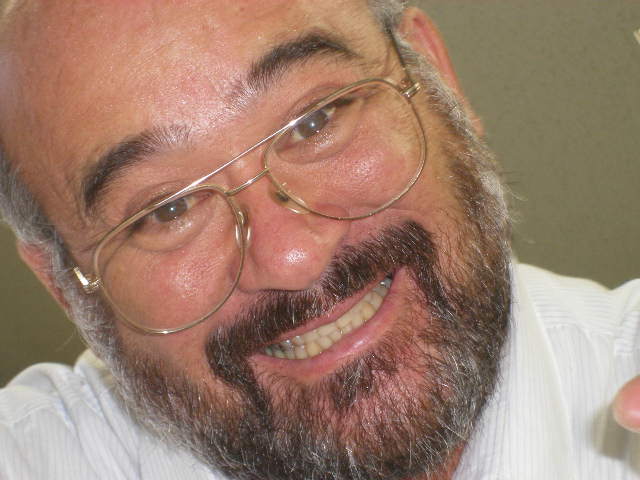Goro Azumaya
Azumaya Gorō (Japanese东 屋 五郎; born February 26, 1920 in Yokohama, † July 8, 2010 ) was a Japanese mathematician who worked on algebra.
Azumaya grew up in Osaka. He studied at the University of Tokyo and received his doctorate in 1949 at the University of Nagoya in Iyanaga Shokichi. After that, he was an assistant professor at Nagoya University and from 1953 professor at the University of Hokkaido. 1956 to 1959 he visited the USA, where he spent two years at Yale University and a year at Northwestern University. Then he was back at the University of Hokkaido, 1964 was a visiting professor at the University of Massachusetts and 1965 at Indiana University. From 1968, he held a full professorship at Indiana University. 1975/76 he was a visiting professor at the University of Munich and in 1983/84 at the ETH Zurich.
In 1951, he led his namesake Azumaya algebras as a generalization of central simple algebras, which are defined instead of bodies over rings. He classified these algebras over Hensel 's rings. Azumaya algebras found applications in algebraic geometry (Alexander Grothendieck mid-1960s in his theory of the Brauer group) and arithmetic algebraic geometry. Azumaya dealt primarily with ring theory. An extension of the theorem of Krull - Remak - Schmidt on the unique representation of a module by a direct sum of indecomposable summands, the Azumaya 1950 proved bears his name suffix ( Krull - Schmidt- Remak - Azumaya theorem or Krull - Schmidt- Azumaya theorem). Regardless of Kiiti Morita he led in the late 1950s a Morita- duality of the ring -modules.
He worked in Japan in the 1940s together with Nakayama Tadashi, with which he won in 1949 the price Chunichi Bunkashō the Chunichi Shimbun newspaper. With Nakayama he also wrote a Japanese textbook on algebra.
Writings
- With Nakayama Tadashi :代 数学II:环 论( Algebra II: Ring Theory ) ,岩 波 书店, 1954 (in Japanese )










